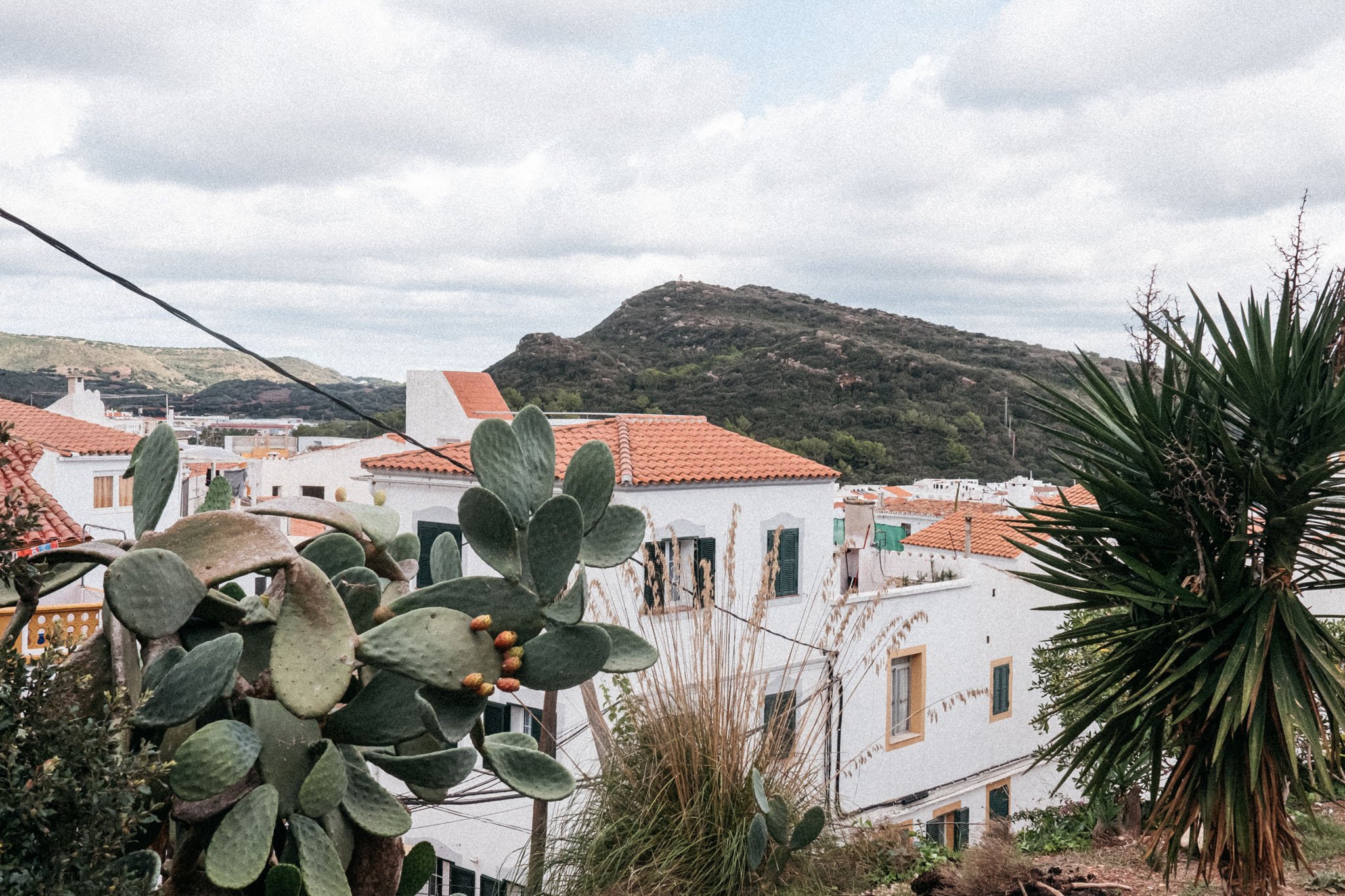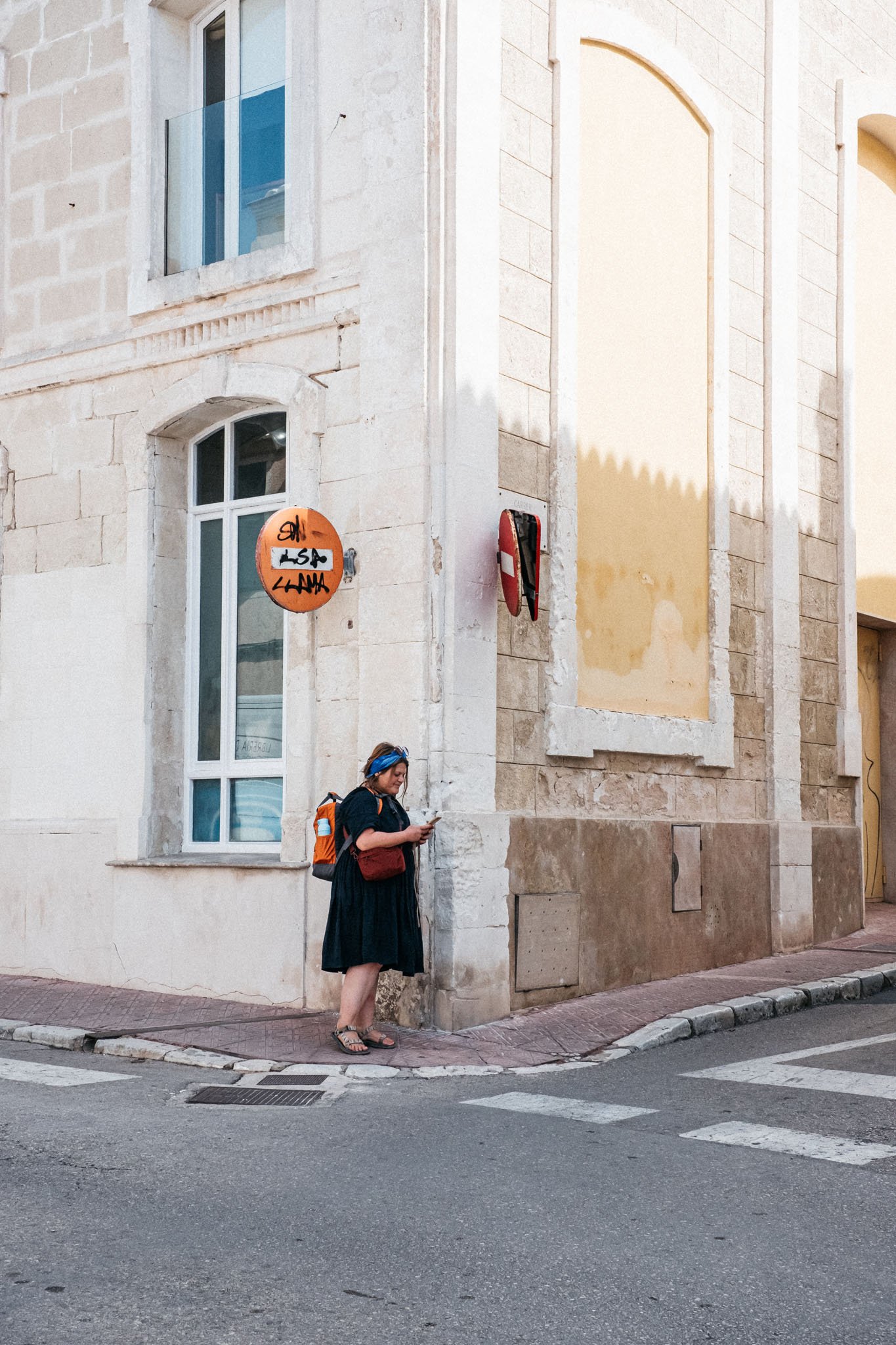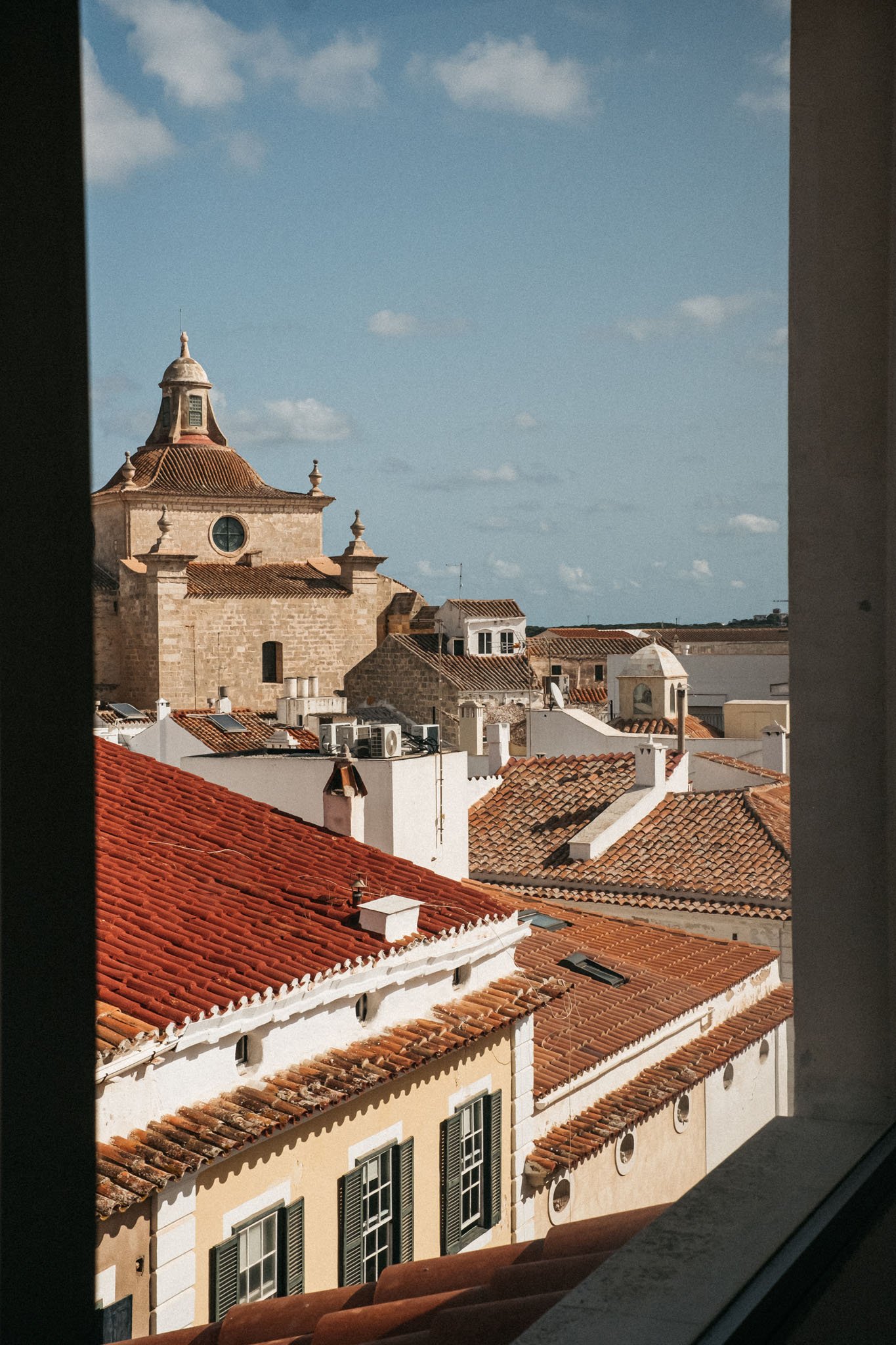Menorca: 6 Things You Should Know About Visiting.
Is there anything better than that glimpse of a new place through a plane window? Not knowing what you’ll arrive to and what it holds for you. I touched down in Menorca on a very sunny day in the beginning of October when the heat was just right for me and the kids had gone back to school. Here for a commission, I would be on this beautiful balearic island for 4.5 days, two of which I was shooting but would be shown some of the secret parts of Menorca.
Travelling to Menorca is an incredibly varied trip. On this Spanish island that is around 30 miles long you will take in rugged countryside, sumptuous beaches (of which there are over 200), historic cities and incredible viewpoints. It is also a UNESCO biosphere reserve and as such is subject to strict tourism rules. This means you’ll be struck by how little high rise buildings you find which make for attractive skylines.
So what do you need to know about visiting this beautiful island? There’s a lot, more than I can cover here, so I’ll be doing some seperate posts. But I’m kicking off my Menorca posts with the five things I wish I knew before landing on the island.
As a side note, the Menorcan pastry can be found in abundance - it’s called a Ensaïmada and the traditional recipe includes pork lard. I don’t eat meat or meat products but found out once it was too late! Some bakeries do offer vegetarian versions, just ask before ordering.
The beaches and the North/South differences.
While Menorca is a small island you will see a stark contrast between the coast on either side of the island. The north is full of a rugged, red landscape with craggy capes and gulfs. The south is all about the white sand beaches with turquoise waters and dreamy coves.
The beaches and coves (called calas) are marked with different flags for different conditions in season. Those not marked are for you to swim at your own risk and with caution. It is important to know that on all beaches you shouldn’t swim outside of the yellow buoys as there are many yachts and boats zipping about in the seas.
The green flag means the swimming conditions are good and also no jellyfish present (see below!).
The orange flag means the waters are an unknown status - usually found in the mornings before the conditions have been checked.
The red flag means no swimming - either because the water is dangerous or there are lots of jellyfish present.
GETTING about.
To understand travel on the island you first have to understand it’s layout. Unlike many places Menorca lacks coast roads. Instead there are central veins that then extend out to various points along the coast. Some of the more touristy beaches are easily reached from the roads extending to the coast but for more remote beaches and calas (coves) you can expect a bit of a hike.
Taxis are pretty costly on the island and therefore you need not worry about tipping. But what I wish I had known was that a good bus service runs on the island - I can’t speak for out of season (from the end of October to Spring) but while I was there I found it to be seamless and dependable. Because of the nature of the island you may have to change buses to get to certain destinations but a regular service serves the island between Ciutadella and Mahón which are the two cities of Menorca that sit opposite sides of the island. You can find out more about the bus service here. My top tip: as soon as you arrive in Menorca find a bus stop and take a photo of the map - it will become your travel bible. A note, Maó is the Catalan name for Mahón.
Most people opt to hire a car on the island but it is recommended to get this sorted in advance as there are requirements for hiring cars such as a holding amount on a credit card and relies on you having the balance spare. It is also quite costly within high season and availability is limited. Driving is pretty straightforward on the island outside of quirky junctions and the left hand drive to get used to.
Wear good sandals.
While in Menorca you’ll find yourself wanting to walk some rough terrain to get to vantage points or quieter calas. You’ll also rack up some serious steps exploring the cities. Because the humidity on the island is pretty high surfaces get a bit slippy so make sure you pack some decent, supportive sandals with some grip. I swear by my Teva Hurricanes, I’ve had mine for over 3 years and they have had me hike over hundreds of miles of land - they are still going strong and are as comfy as anything.
Prepare for jellyfish.
Frolicking around in shallow waters in a remote cape in the North taking commissioned photos I had a nasty run in with a jellyfish. Having never been stung by a jellyfish before I had no idea what to expect and we were without phone coverage and at least a 40 minute hike uphill to get back to the car. Having learned my lesson so you don’t have to, I’ve since done a load of research on jellyfish on the island. It turns out because of the decline of tuna in the seas around the island numbers of jellyfish have shot up. The good news is that deadly jellyfish aren’t present in Menorca, however it doesn’t guarantee there won’t be a bad reaction. I was wearing neoprene boots at the time and it meant that I got off lighter than I should have with some pretty painful blistery prints of the tentacles. I’m making sure I’m prepared for next time by:
carrying antihistamines (such as Piriton)
packing hydrocortisone cream in the first aid kit
carrying ibuprofen
taking a first aid kit
using neoprene socks
Having researched here’s what to do if you get stung by a jellyfish:
rinse the area with salt water and make sure no tentacles are left on the skin, if they are use something to pull them off as they can still sting your hands
if you have any hot liquid (say a tea in a flask, without milk) and it’s bearable for the skin then try and bathe the area in as hot water as you can stand (you can always add sea water to the flask)
Take a antihistamine and ibruprofen
If you have hydrocortisone cream apply some
What NOT to do:
do not pee or get someone else to pee on your sting - it doesn’t have any positive effect and might even make it worse. Also, don’t rinse with tap water - until it has settled completely only rinse with salt water.
The language.
There is a mix of two languages on the island: Catalan and Spanish. Many residents speak a variety of Catalan called Minorqui. Most of the inhabitants around the resort areas and cities speak good English but they appreciate you trying to speak their language. In the less touristy towns in the centre of Menorca you may have to get your phrase book ready. Here’s a page I found useful.
FACTOR TIME FOR THE CITIES.
It hadn’t occurred to me there would be city days on the island as I had assumed it was all beaches and beach bars. In fact, the island is steeped in history with a lot of that centring around the two cities - Ciutadella and Mahón. Mahón is the capital of Menorca but it wasn't always so, Ciutadella was once the capital of the island and was changed under a long standing British rule. Cuitadella is a wonderful place for wandering the cobbled streets with no aim. Coffee houses and bakeries are around every corner and there is a real old town vibe here. Mahón is a lot more slick - the restaurants, cafes and shops are more modern and the price tag reflects this. I’ll be doing full posts on both cities but both are well worth your time.
Both cities hold their faith dear and as religious places will more than likely be somewhere you visit, dress appropriately and be respectful keeping voices down and being mindful of photos while others are taking quiet moments to reflect.





















